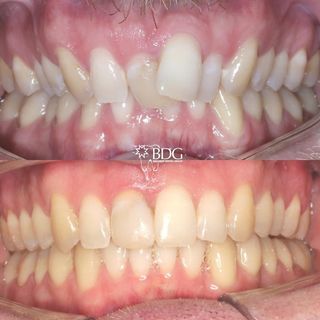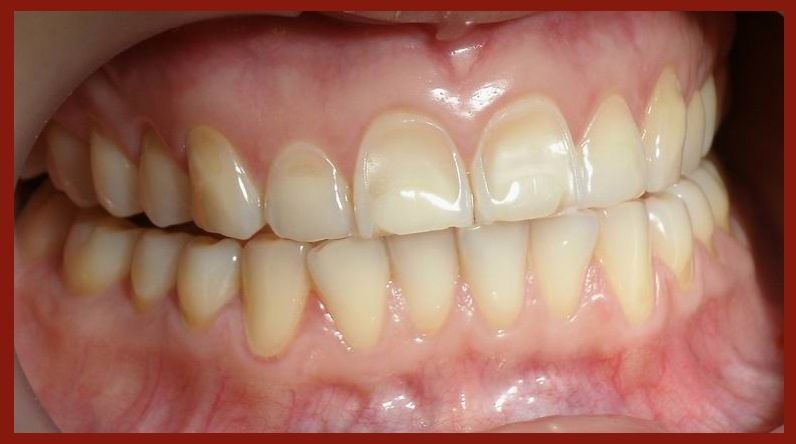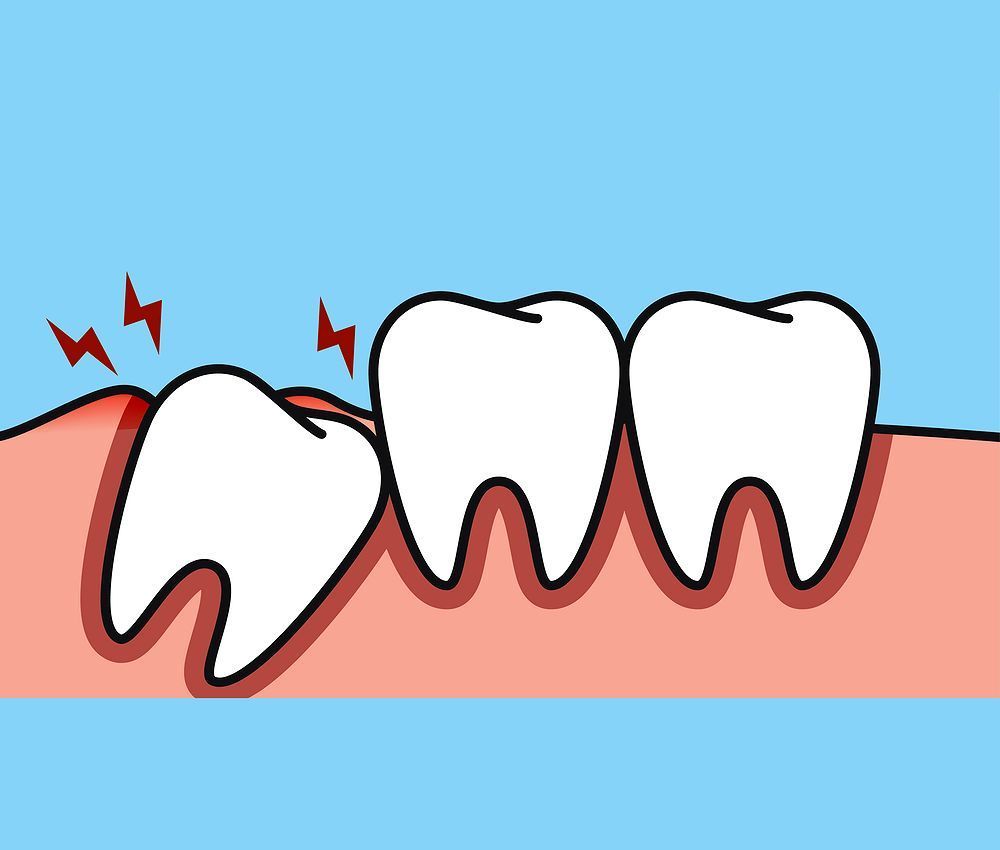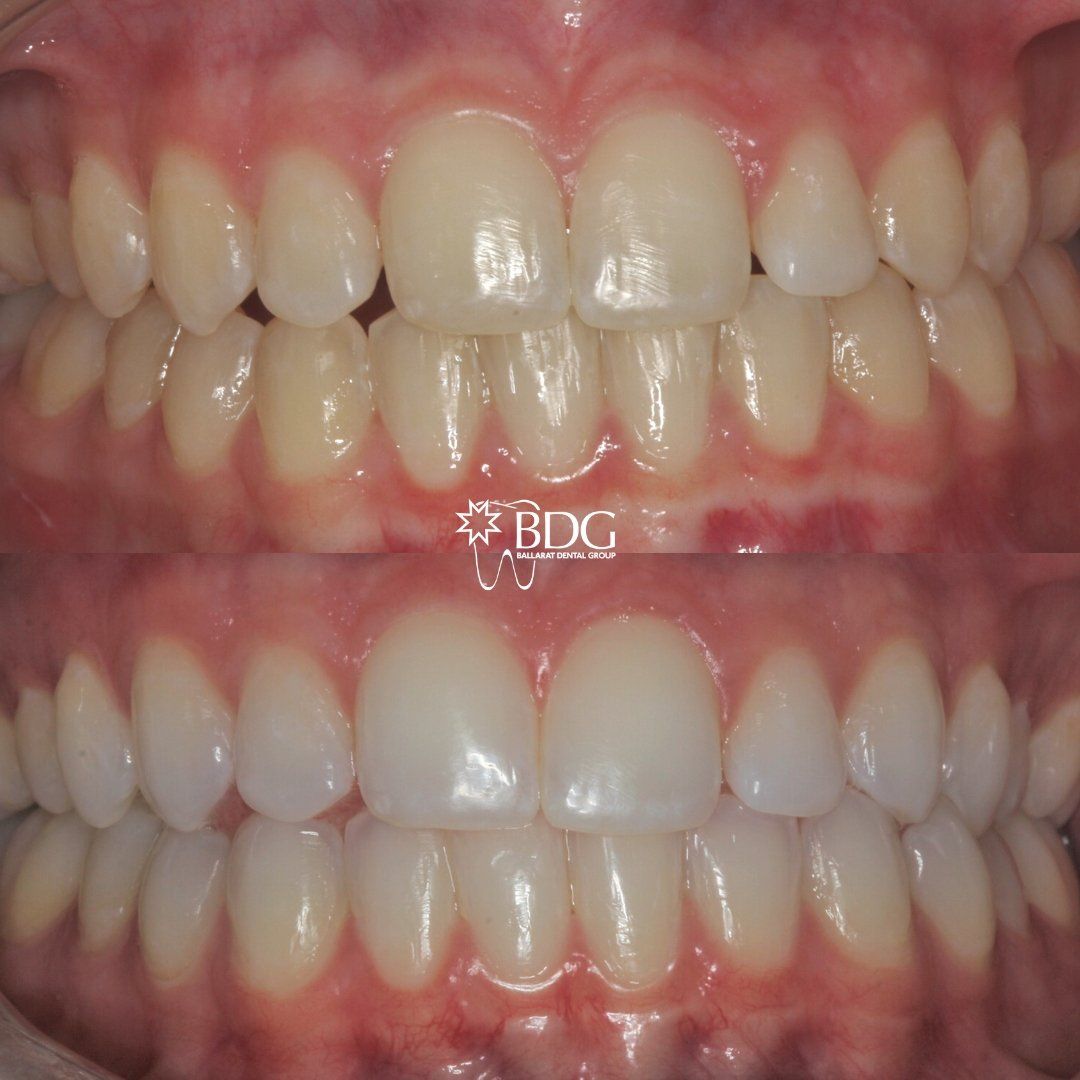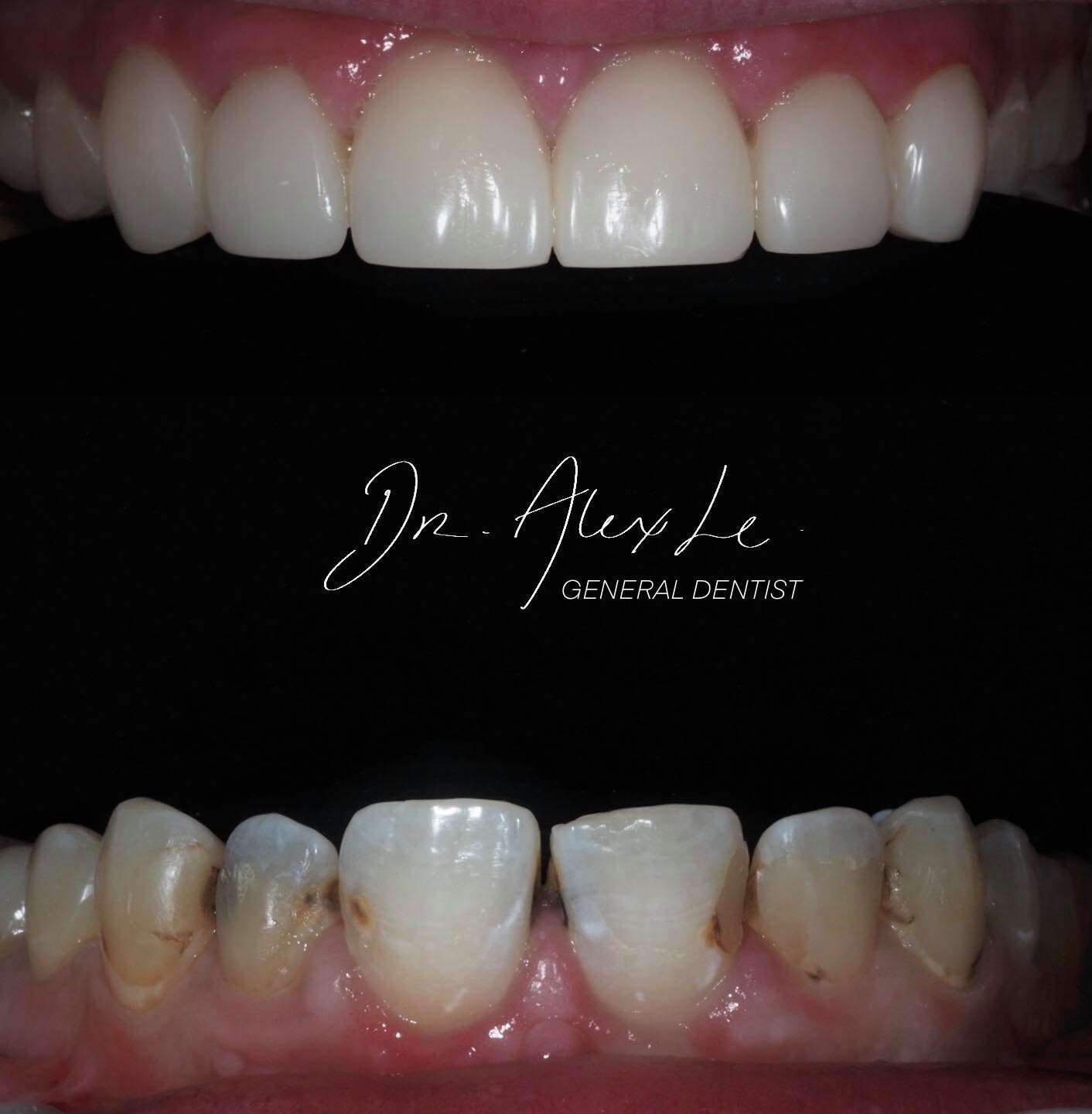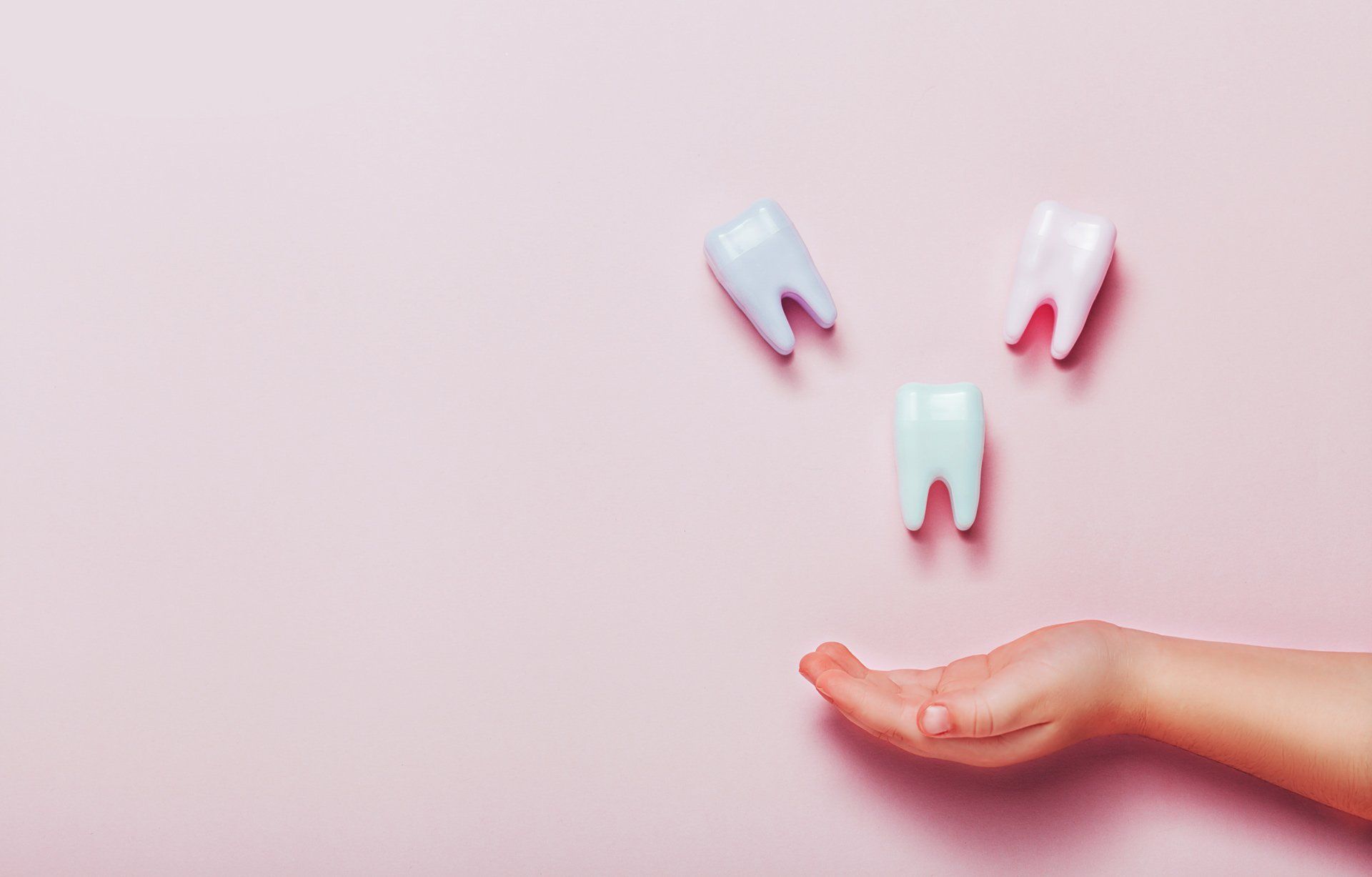How does tooth decay occur?
• Tooth decay, also known as dental caries, begins with the formation of plaque – a sticky film of bacteria that forms on our teeth.
• When the bacteria eat the sugar from our diet, they produce acids that start dissolving the tooth, forming cavities.
• If left untreated over time, the decay can progress deeper into the tooth and eventually reach the nerve causing pain and infection.
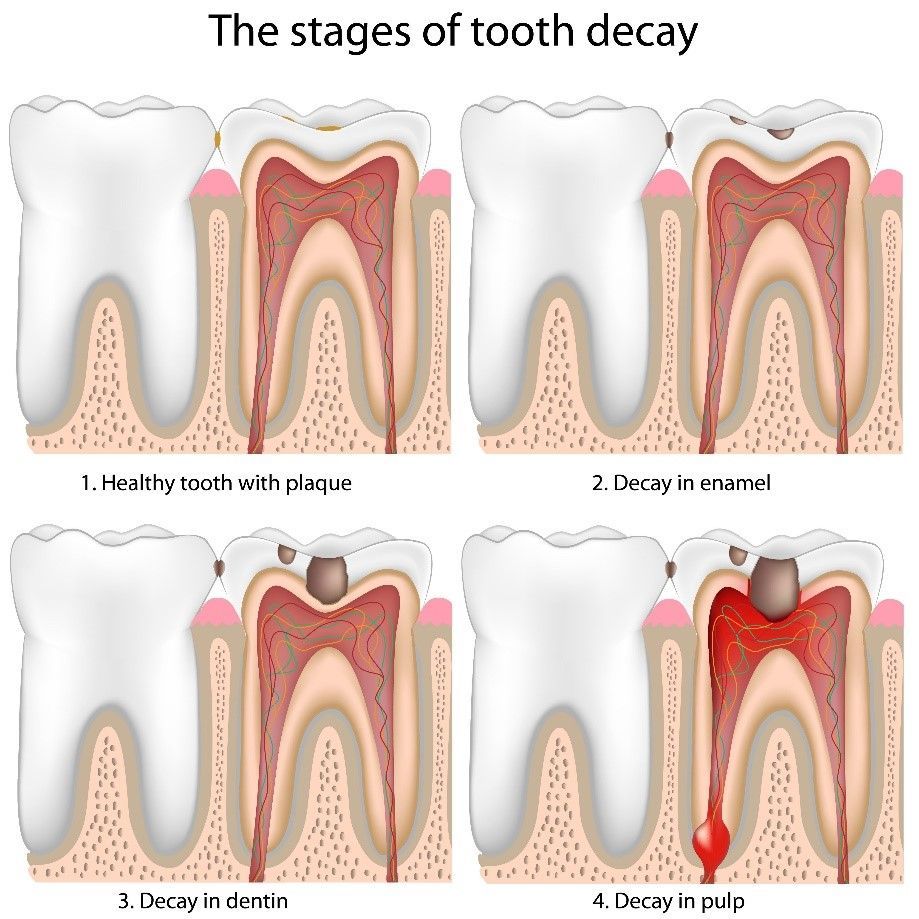
How do we prevent tooth decay?
• Brushing twice a day with fluoridated toothpaste and flossing daily – using toothpaste and mouth rinses that contain fluoride that helps strengthen the enamel.
• Regular dental checkups to ensure oral health and maintain oral hygiene.
• Avoid eating sugary or starchy foods to decrease acid production from the bacteria.
• Stimulate protective saliva by chewing sugarless or xylitol gum and drinking lots of water (at least 1.5L a day).
• Avoid smoking cigarettes, limit acidic food and drinks, caffeine, and alcohol.

What is Fluoride?
• Fluoride is a natural mineral that helps teeth by strengthening the enamel and making it more resistant to acid attacks from the bacteria in our mouths.
• Fluoride works by incorporating itself into the enamel, a process known as remineralization, forming a stronger enamel structure called fluorapatite.
• It can also help repair the early stages of tooth decay by reversing the damage caused by the acid.
• Fluoride can also help with tooth sensitivity by protecting the underlying layers of the tooth from exposure to hot, cold, or acidic foods and drinks.
• Commonly, fluoride concentration on products are expressed as percentages or parts per million (ppm).
Where can I find Fluoride?
• Water Fluoridation : Around 89% of Australians have access to fluoridated water in their homes. However, the amount of fluoride in water is not always enough for protection against decay as it only contains ~1.5ppm of fluoride. This is why fluoride is found in toothpastes.
• Toothpaste: Fluoride is the most important ingredient when selecting toothpastes. The recommended concentration of fluoride toothpaste varies according to the age and risk of tooth decay.
• Professional Fluoride: At routine dental check-ups, dentists can apply fluoride gel or varnishes on your teeth if you have an increased risk of dental decay or experiencing tooth sensitivity.
•
Fluoride Mouth rinses: These are often recommended for individuals at higher risk of cavities. They are used in adults and children 6 years or older.
What kind of Toothpaste should I use?
• Child younger than 18 months: brushing twice a day without toothpaste.
• Child 18 months to younger than 6 years: pea-sized amount of 500-550ppm Fluoride x2/daily
• Child
6 years to adult: 1000-1500ppm fluoride x2/daily
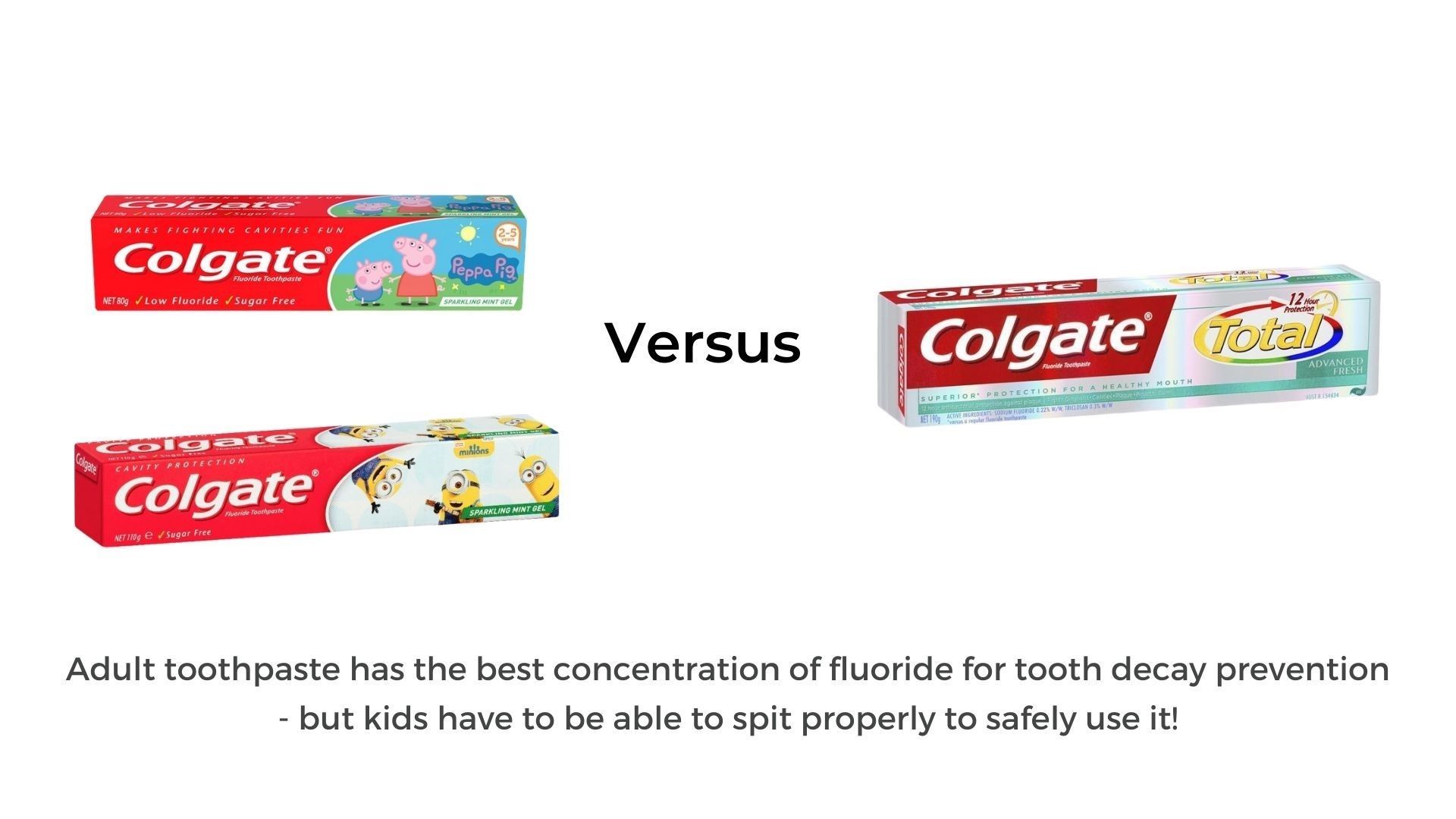
Children less than 6 years old are at an increased risk of Dental Fluorosis, a condition that affects the appearance of teeth due to excessive fluoride intake during tooth forming years. It typically appears as white streaks or spots on the teeth and can range from mild to severe. It is important to maintain a balance of fluoride intake to prevent fluorosis while still protecting teeth from decay.
• To minimize the intake of fluoride after brushing, toothpaste should be spat out and not swallowed.
• However, we should not rinse our mouth with water to allow the fluoride from the toothpaste to remain on the teeth for longer for better protection against decay.
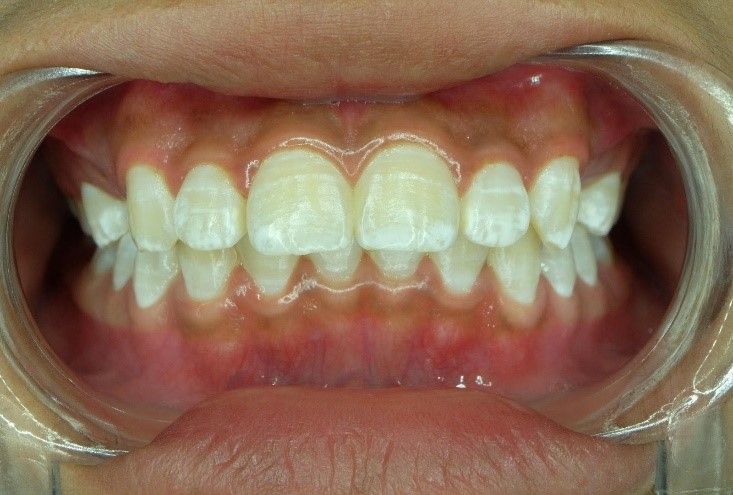
Image source:
https://www.hellokidsdentalgroup.com/fluorosis.html
